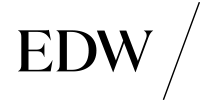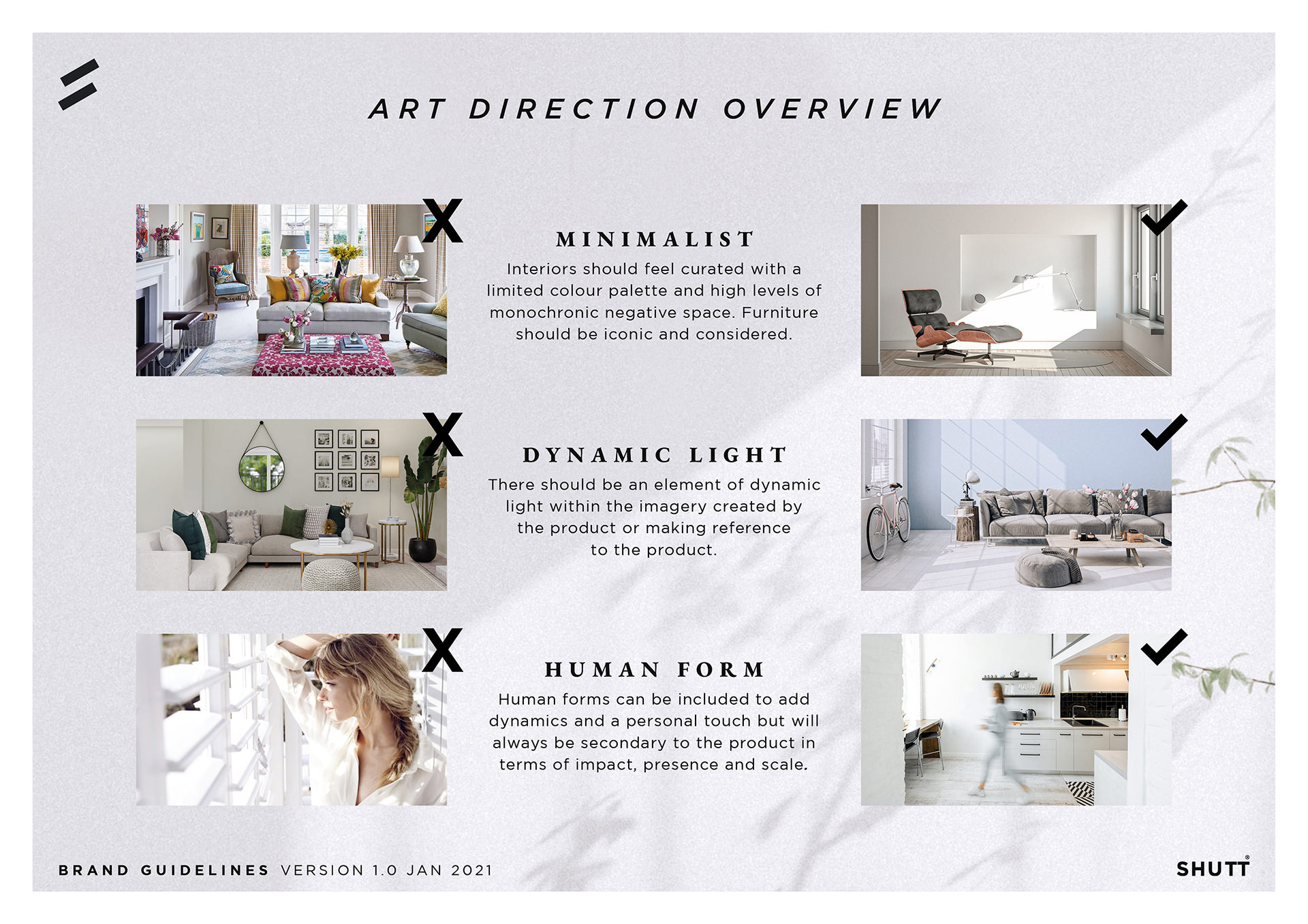Producing AI imagery requires very little time and resource.
In a world of social media and online content creation, it has become increasingly difficult for businesses to keep their imagery on brand. If you don’t have a design resource or photographer on your team, the sheer quantity of imagery required to keep a business active across the various platforms can be daunting. Stock imagery may help, but it needs careful curation in order to align with the established style, tone, and messaging of your brand. High-quality, visually appealing images that accurately convey your brand’s message and evoke the right emotions in your viewer are hard to come by, yet remain essential in creating a strong, memorable brand.
Established companies can afford to allocate time and resources to the creation and curation of images that accurately reflect their brand, but for many small businesses or start-ups, time and resources are probably already stretched.
LEARNING TO ART DIRECT A ROBOT.
When creating brand guidelines we’ll usually include a section on Art Direction for imagery. At its most basic this is a presentation of imagery that fits the style and tone of the brand vs a selection of imagery that does not. The historic pain points of this approach are that the rules are subjective and open to interpretation and as time goes by you’ll often see these rules watered down or, in the worst-case scenario ignored completely.
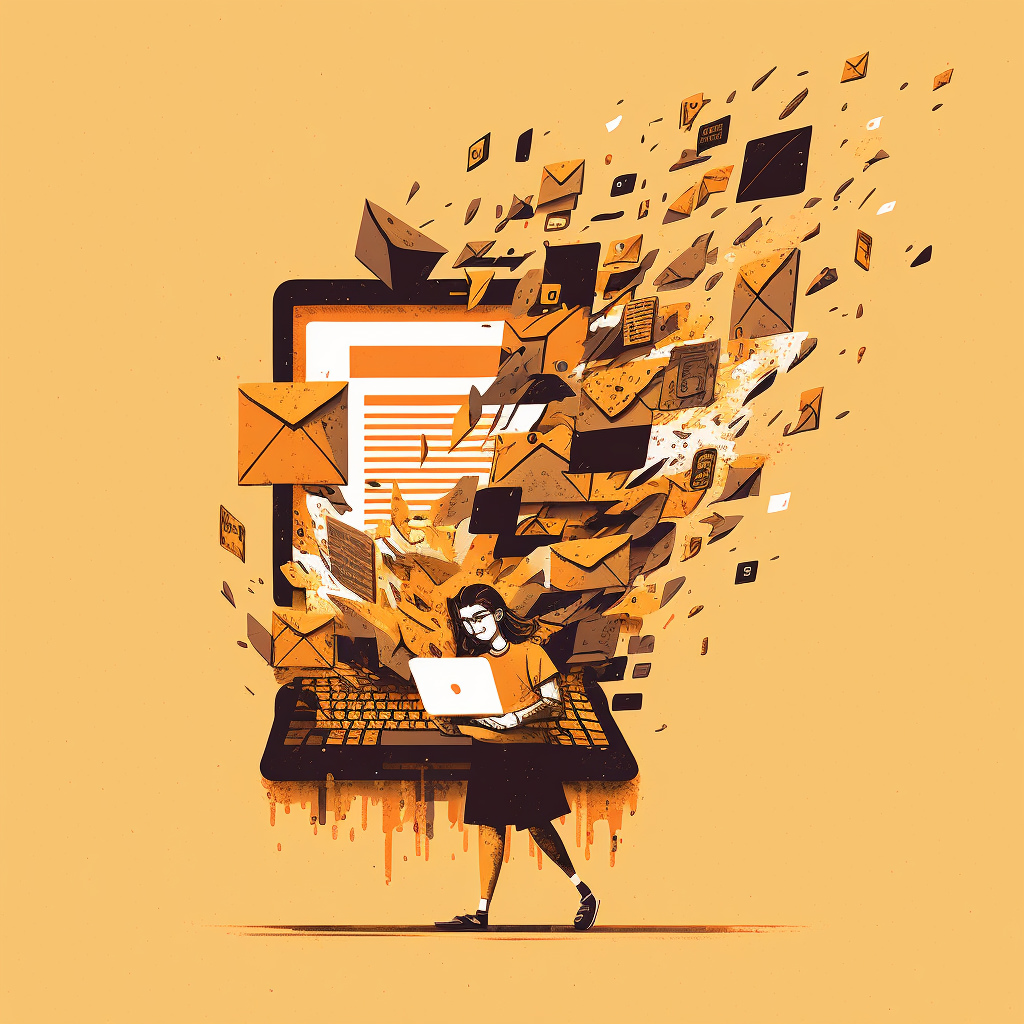
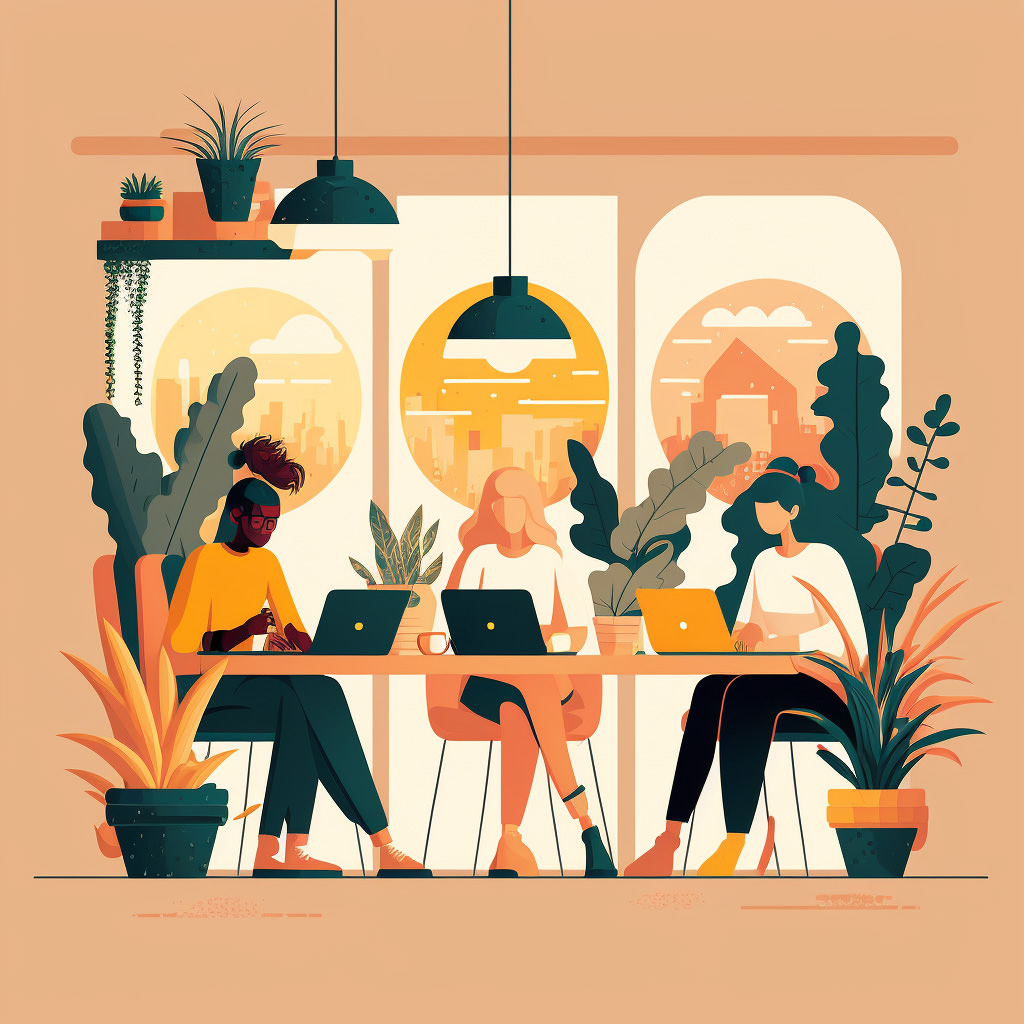
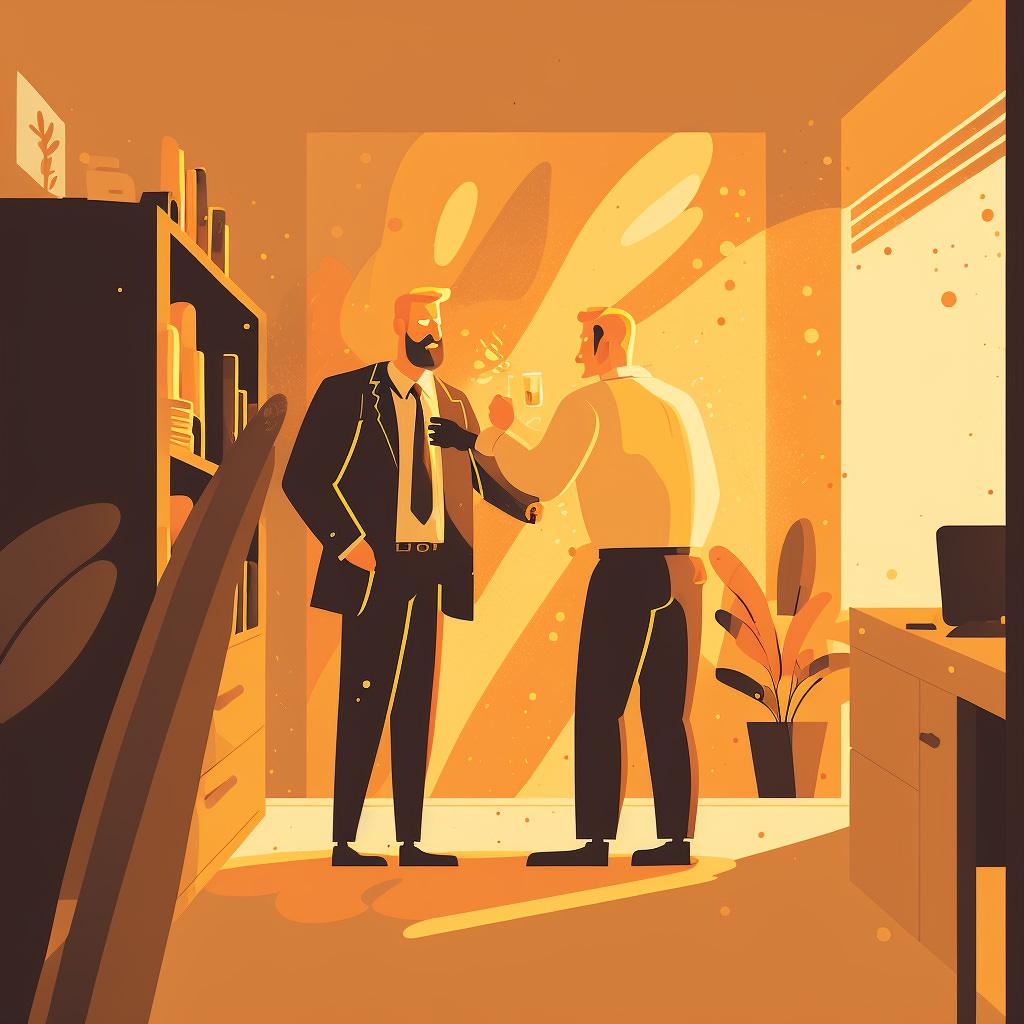
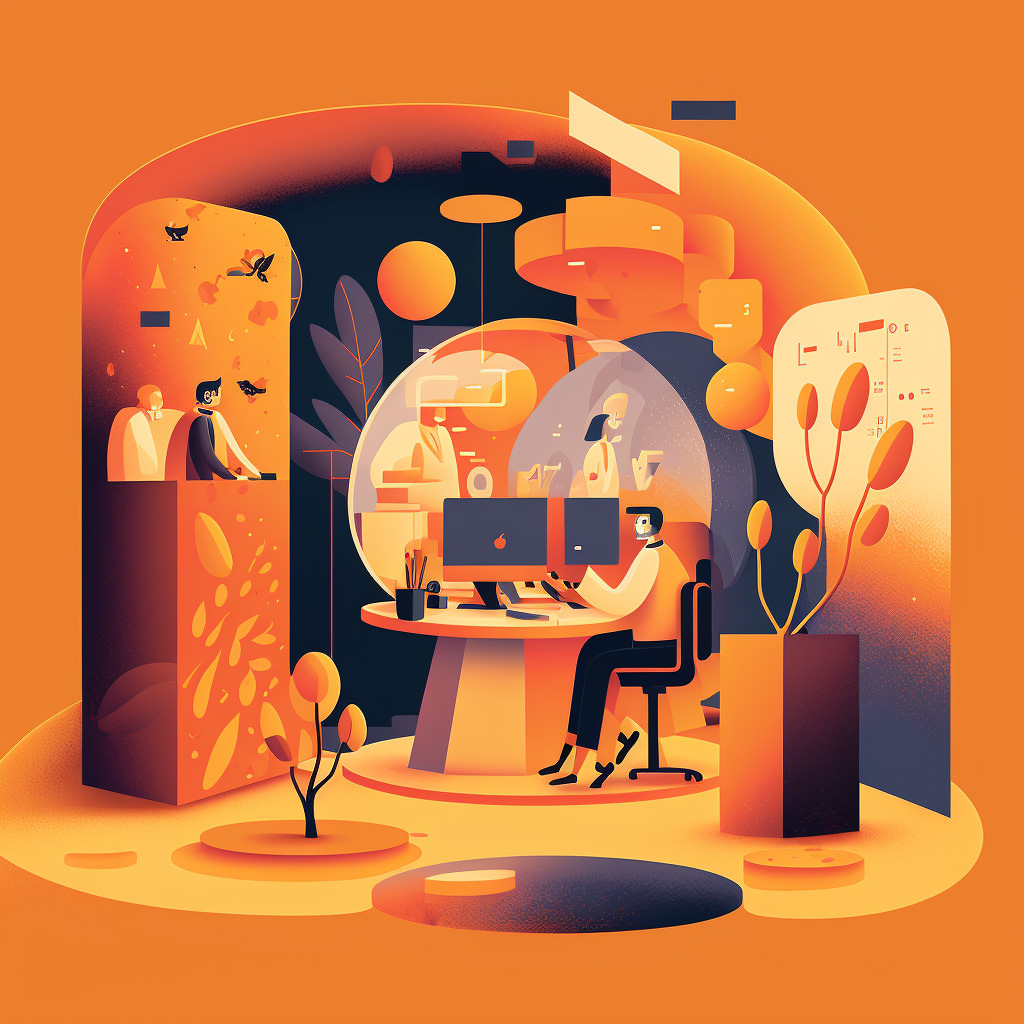
“Imagine XX in the style of a lo-fi, flat illustration on a plain background. Warm colour palette….”
That is the sort of information Midjourney was given in order to create the set of four images above. The style and tone are locked down by the consistent written description: XX is where you add your description of the actual image content. That content could be “a person walking whilst being distracted by their emails.” or “modern office workers collaborating at a meeting table with laptops.”
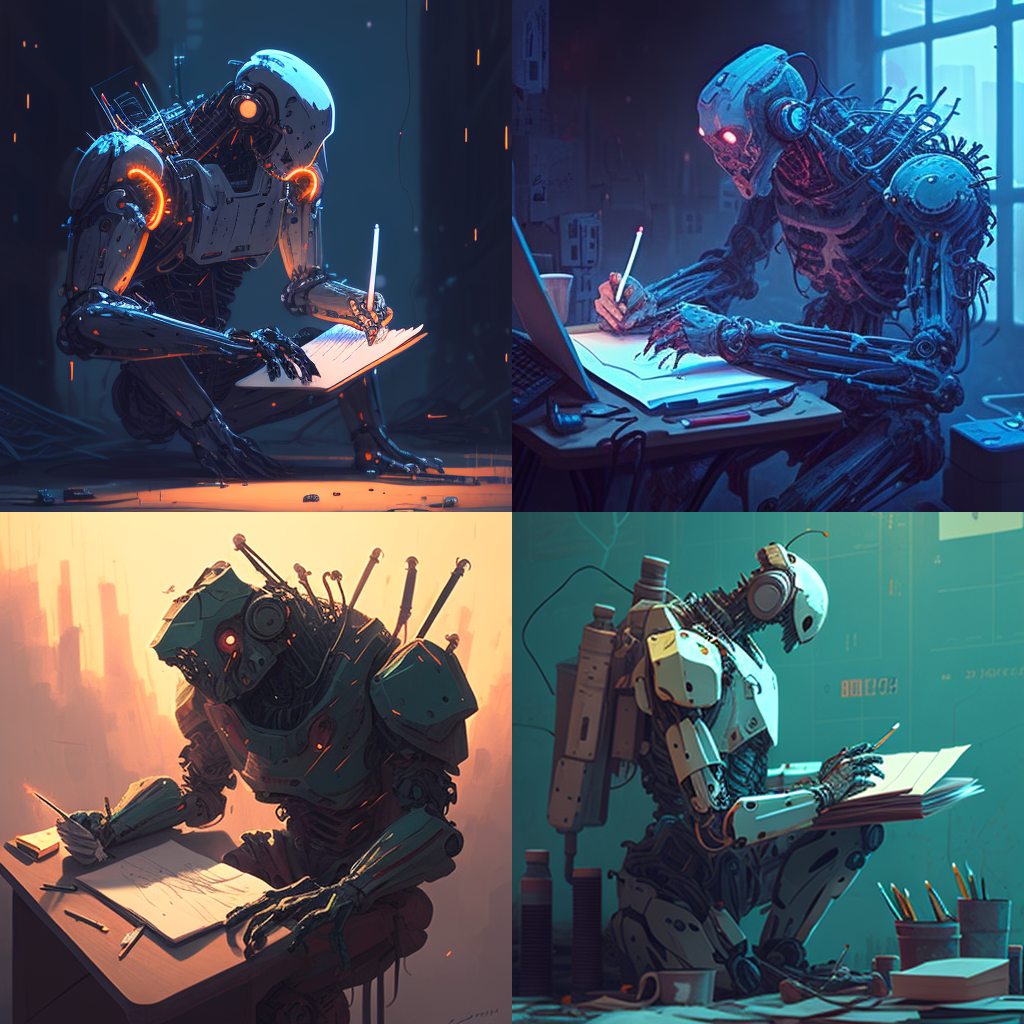
Will our designers be replaced by robots?
It’s unlikely that Midjourney or similar AI image generators will completely replace traditional (human) graphic designers. Midjourney is a tool that automates some aspects of design, but it does not have the skill set that a human graphic designer brings to the table. While it can be useful for generating designs quickly, or in this case, creating a set of assets that adhere to a specific set of rules, I don’t think it’s a substitute for the expertise and personal touch that a human graphic designer can provide. Yet.
In this example, automation replaces the need for a human to create, or source a set of visual assets that fit the brand guidelines – but it is the creativity and critical thinking skills of a human design team that conceived and created those brand guidelines… With a little help from ChatGPT, of course.
